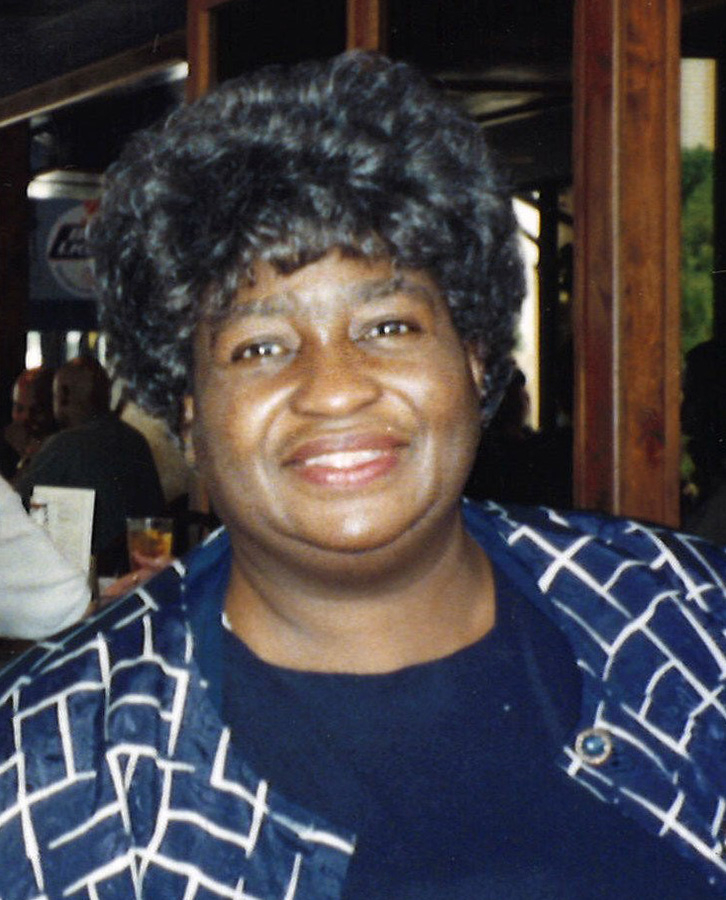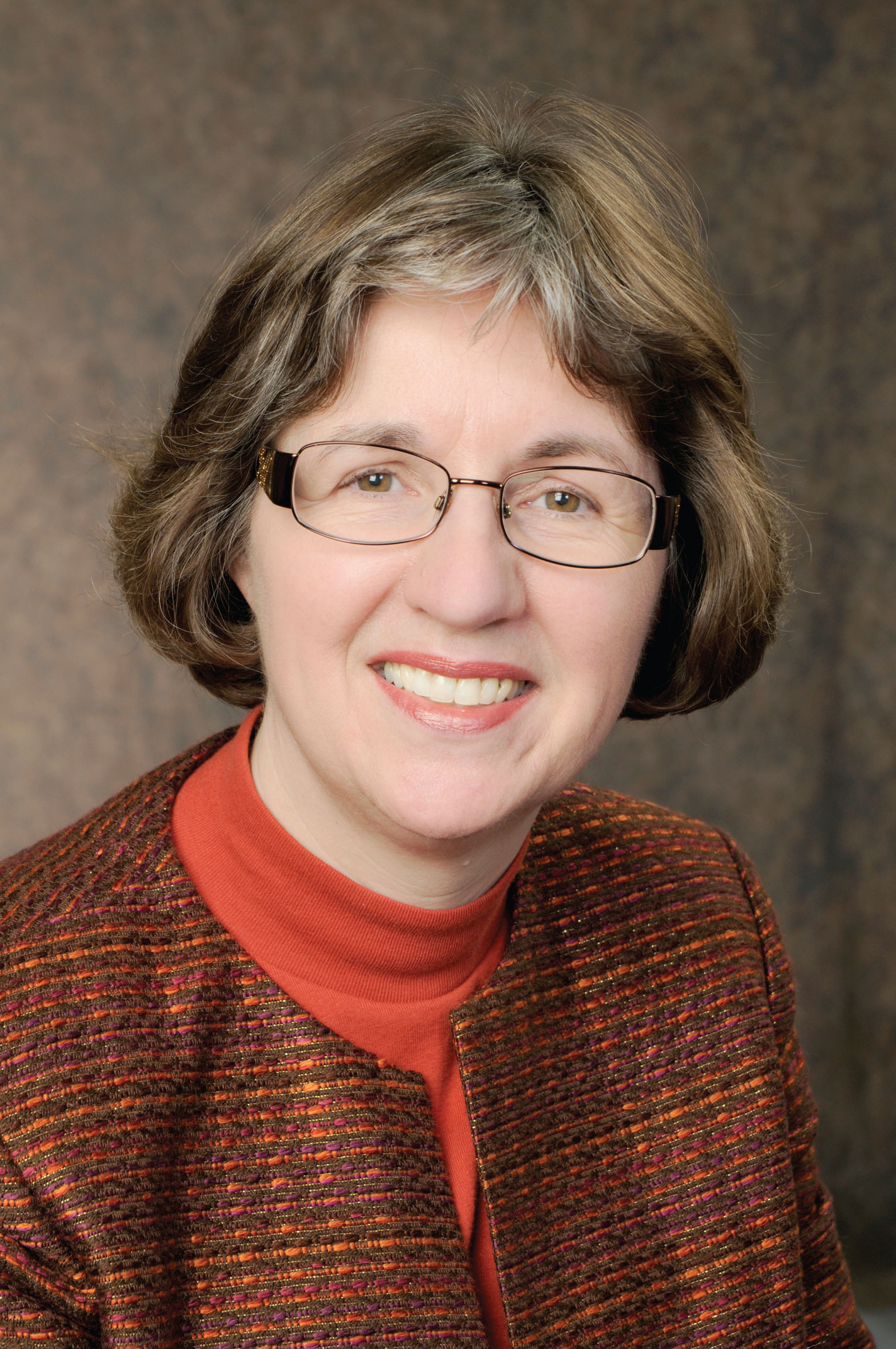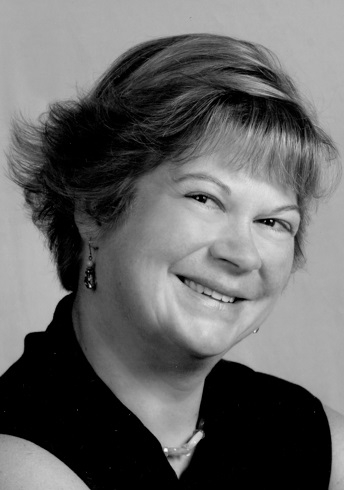Seymour Taine was a pioneer in the use of computers for bibliographic retrieval and had major responsibilities in the development of MEDLARS I and its predecessors while at the National Library of Medicine from 1957 to 1964. He also served in information officer capacities at the National Science Foundation, NASA, the National Institutes of Health Library, and the World Health Organization Library. He received the first Ida and George Eliot Prize in 1961 for his Indexing Mechanization final report. He describes his career as “getting jobs done...everywhere I've gone I've left a trail of elimination of backlogs.”
After studying music, chemistry, and dentistry, Seymour served in the Army in World War II and returned to receive a library degree from Columbia in 1947. He remembers that “there was kind of an unwritten law that men were going to head for administrative positions and the women would take the technical positions.” His first position was in the Biology Library at the University of California at Berkeley.
In 1948, in what he describes as the “turning point in my career,” he accepted a cataloging position at the Army Medical Library (the forerunner of the National Library of Medicine). When he arrived at the Army Medical Library the building had “no indoor toilet facilities...no air conditioning...[and] a lot of leakage from the roof.” His first assignment was indexing materials for the Index Catalogue which was then edited by Dr. Claudius Mayer, who “considered himself one of the three great glories of American medicine, along with the discovery of anesthesia and so on.” Indexing involved looking at a card with an author, title, and source, and then assigning one subject heading with no authority list. Seymour was involved with the committee that recommended terminating the Index Catalogue and finding a better solution for the Current List of Medical Literature. It was Seymour's job to “put to bed the 5th series of the Index Catalogue” by clearing up the million or so records.
The use of computers for indexing and retrieval was a main part of his life at the National Library of Medicine during the 1950's and early 1960's. He comments “I had the temerity to teach indexing [to Thelma Charen, Stanley Jablonski, and Bob Hayne, etc.] and to come up with indexing principles that are the basis for Index Medicus.” He was involved from the beginning in the Index Mechanization Project and in the creation subject heading authority lists: “I had confidence early on that the technical problems would be surmountable, but the real problems for successful retrieval systems would lie with vocabulary....When we started the Index Mechanization project [the technology] didn't exist and in turn when MEDLARS I started [the technology] didn't exist...but by the time the project was finished [in 1960] we were able to produce Index Medicus...[The] first issue remains my greatest joy - 2,992 entries of blood and sweat and tears from everyone.” Seymour left the National Library of Medicine in 1964 after giving the final report on MEDLARS I at the June 1964 meeting of the Medical Library Association.
In spite of his critical role in the development of electronic retrieval he believed [in 1982] that “the justification for the printed index is as strong as ever.” Seymour counsels librarians today “to interact with the [medical] profession itself...” and sums up his philosophy as “there should never be an end to education and training.”




